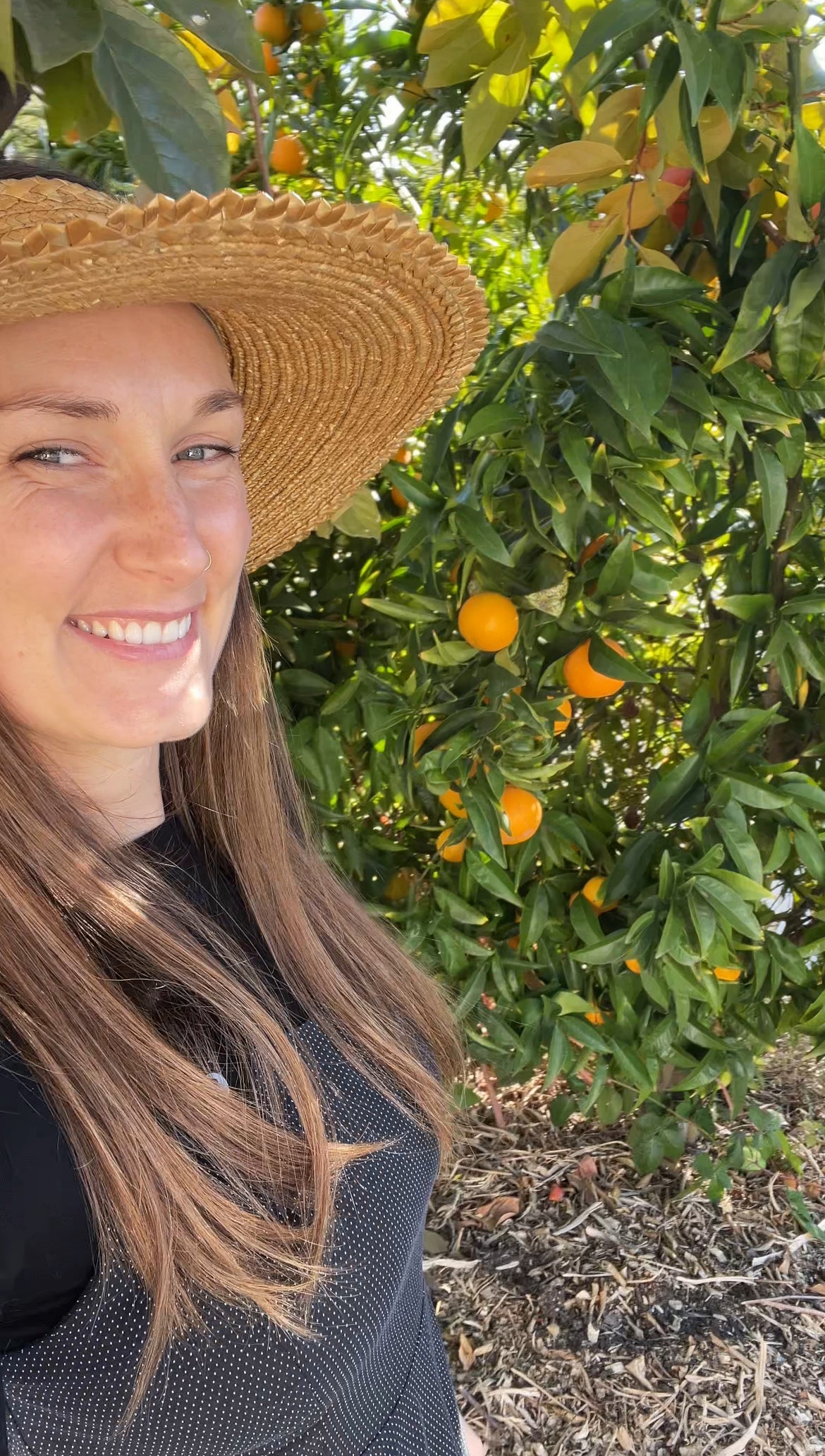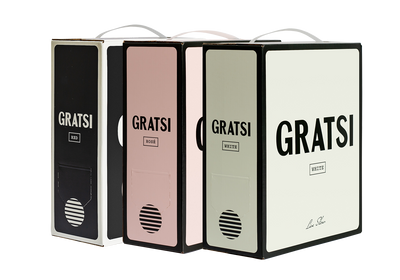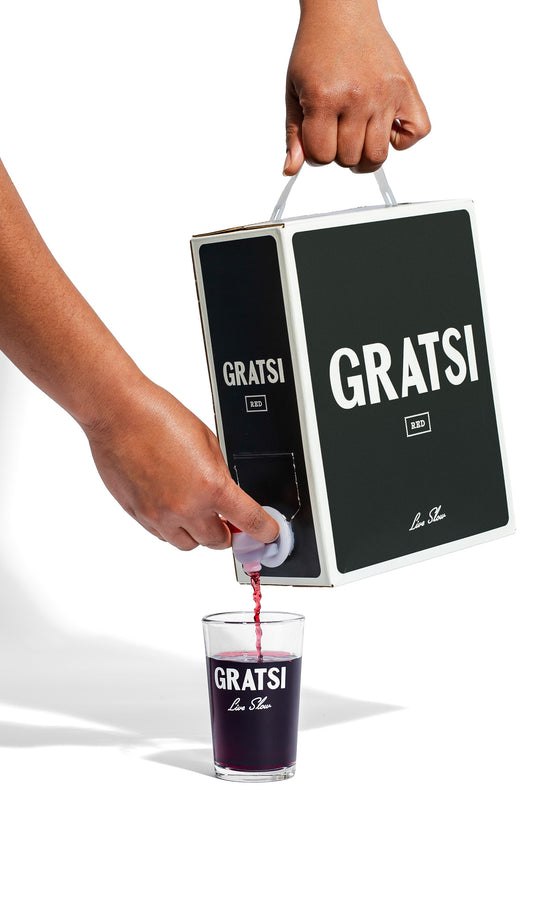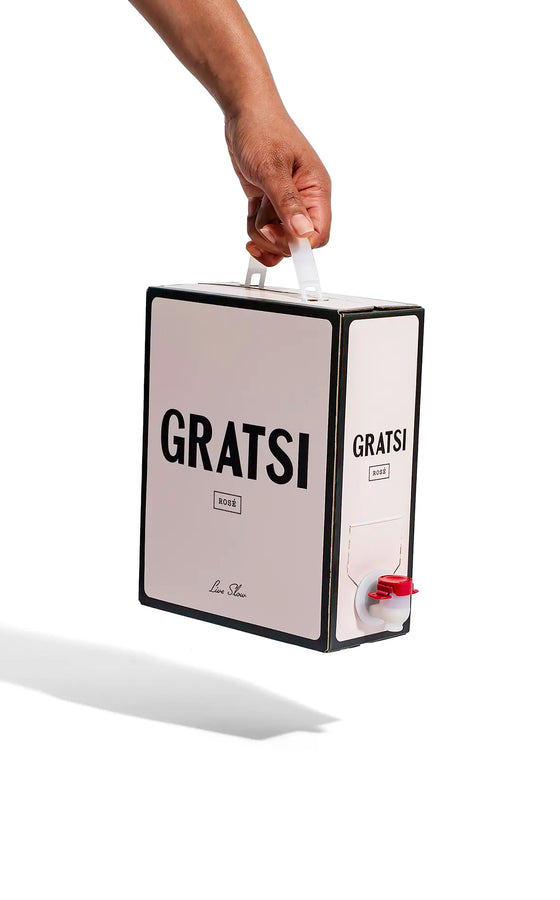What is green manure and why should you use it?
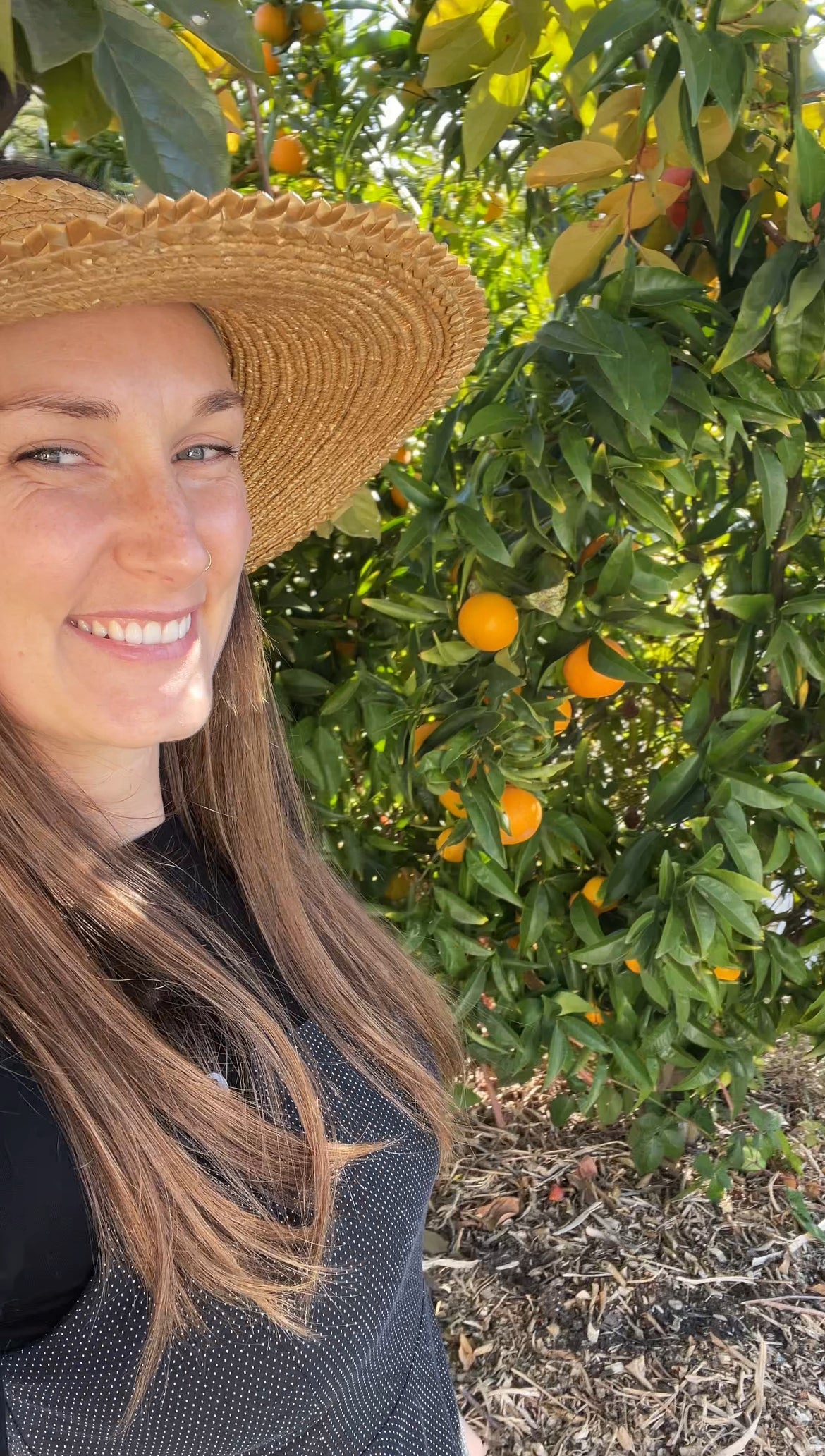
Green Manure Benefits
What is green manure and why should you use it?
By Jennifer Macleod
November 19, 2024
Manure has long been used in agriculture to infuse gardens with dense nutrients that allow crops to grow healthily and produce a large harvest. Steer, chicken, horse, pig and rabbit manure are commonly used in gardens and farms. But did you know you can get a similar nutritional benefit with just plants? Utilizing “green manure” in your garden can produce amazing results, without the work of shoveling animal manure, and without the smell!
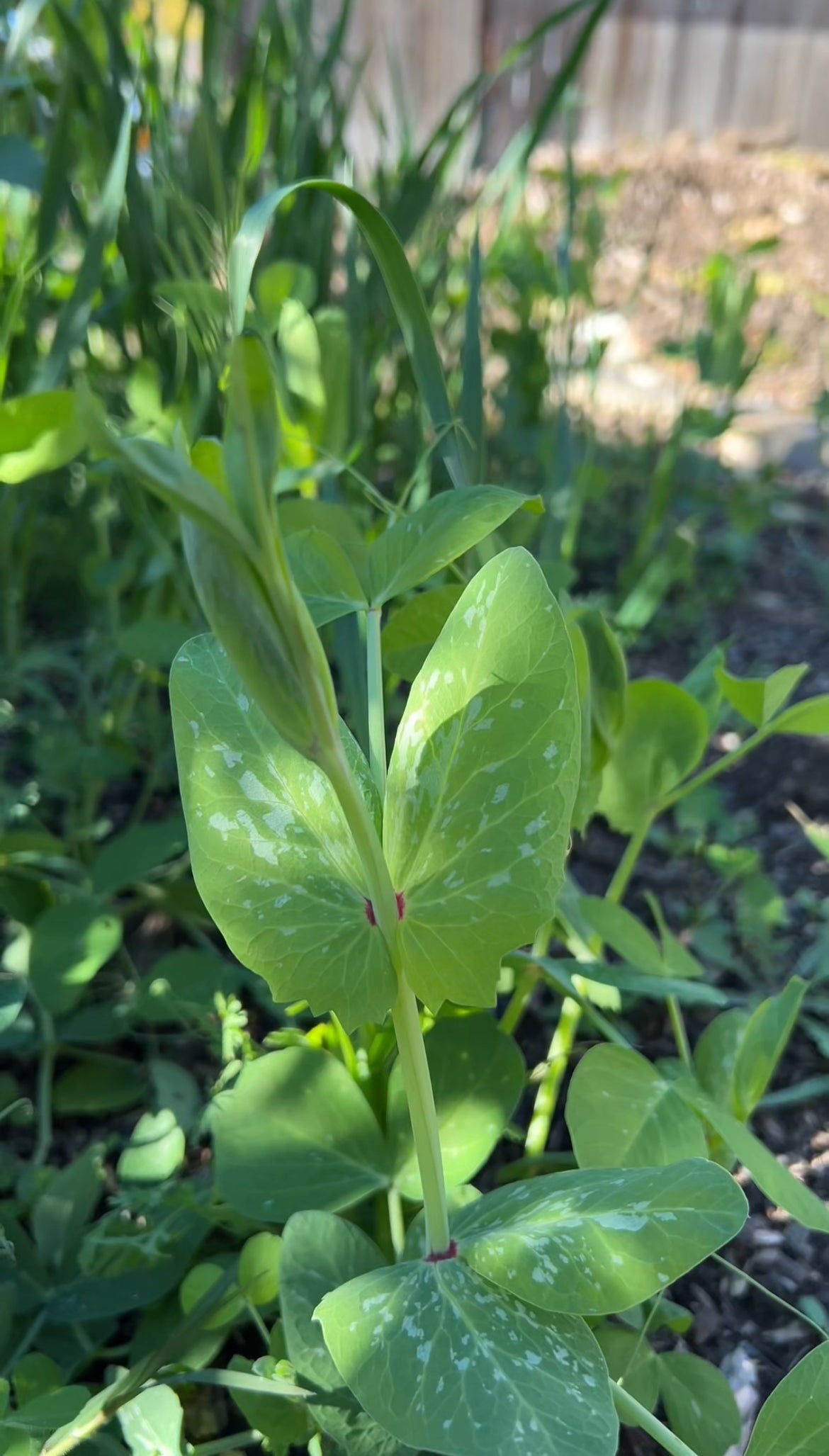
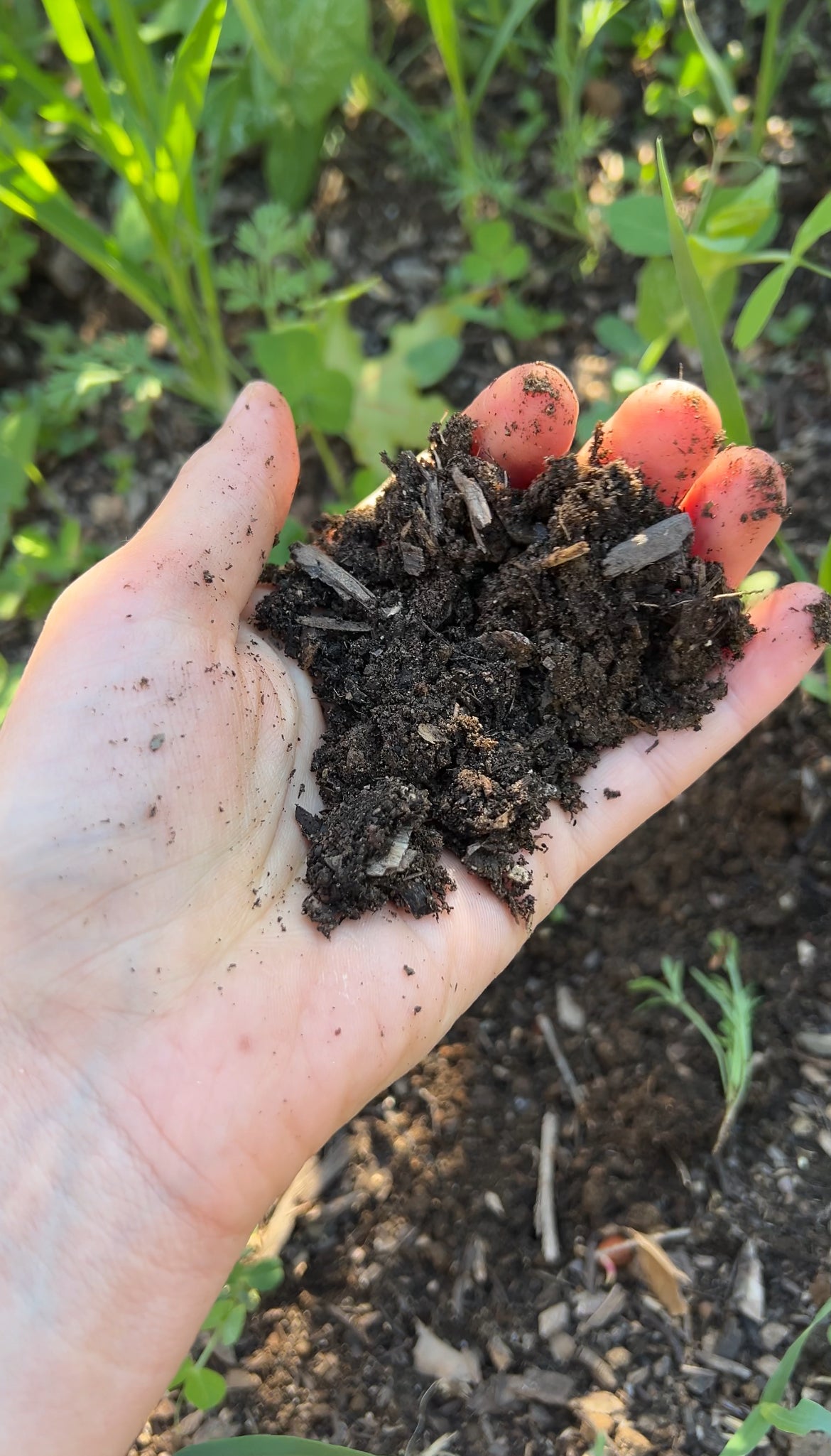
Green manure, sometimes called cover crops, are plants grown specifically for their benefit to the soil. They are not harvested for food, but rather grown for the purpose of increasing the health of the soil, reducing weed pressure, preventing soil and nutrient erosion, and attracting and feeding pollinators.
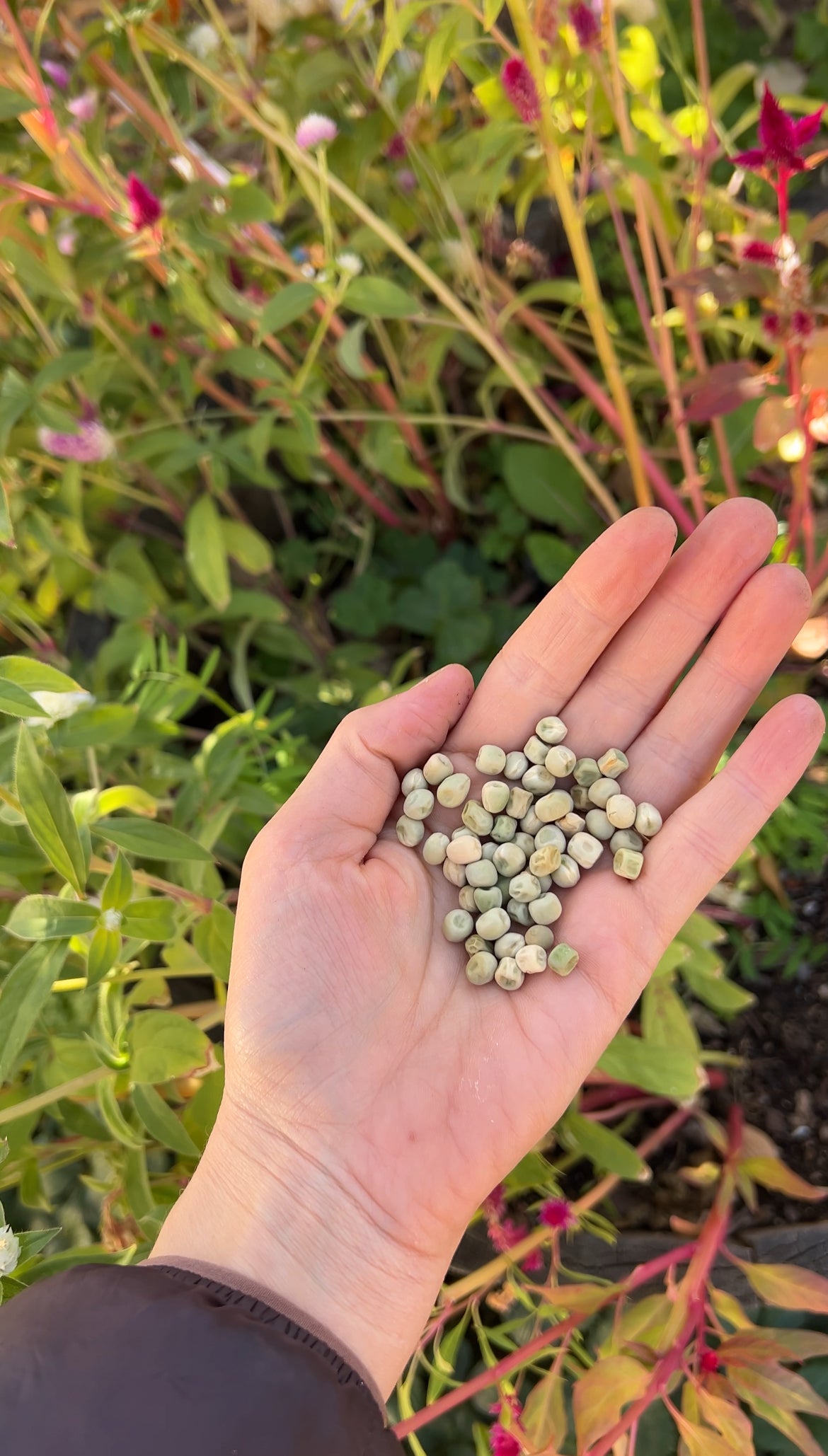
Cover crops can increase soil health through nitrogen fixation, adding organic matter, or soil aeration. Legumes like beans and peas have the ability to “fix” nitrogen, or pull it from the air and store it in nodules on their roots. Once the plant is chopped down, this nitrogen gets released into the soil and becomes available for other plants to use. Oats produce a large amount of green material that can become moisture retaining organic matter in your garden. Vetch has a deep rooting system that can improve the soil structure. These and many other plants can be used as green manure to keep your garden soil healthy.
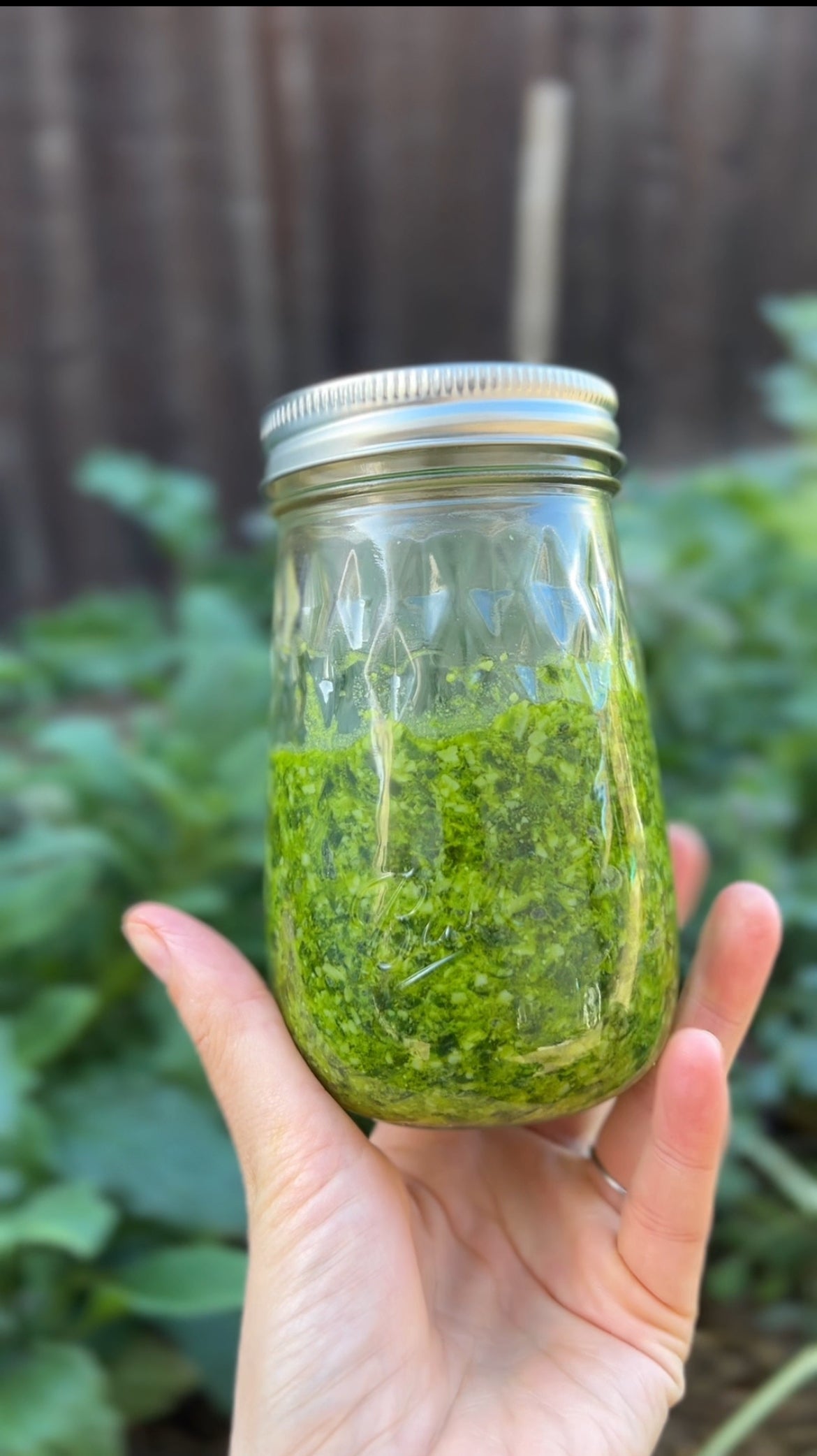
By keeping your soil planted with a cover crop when you are not actively growing food, you can prevent your topsoil from washing or blowing away with big weather events. They also help nutrients stay sequestered in the soil rather than being lost to the atmosphere through heavy winds and rains. The added benefit of keeping your soil densely planted with cover crops is that they outcompete annual weeds for space, effectively reducing the amount of time you have to spend weeding before you plant your spring garden. That’s a win!
Green manures can be seeded in the spring or fall. Scatter seeds densely and allow them to grow to maturity, then chop them down and incorporate the plant material into your soil. As they decompose, they will feed the soil organisms and boost soil nutrients, making your next veggie garden even better! Green manure is an easy and affordable way to take care of the soil health of your garden, an important consideration for anyone wanting to grow delicious and nutritious food!
